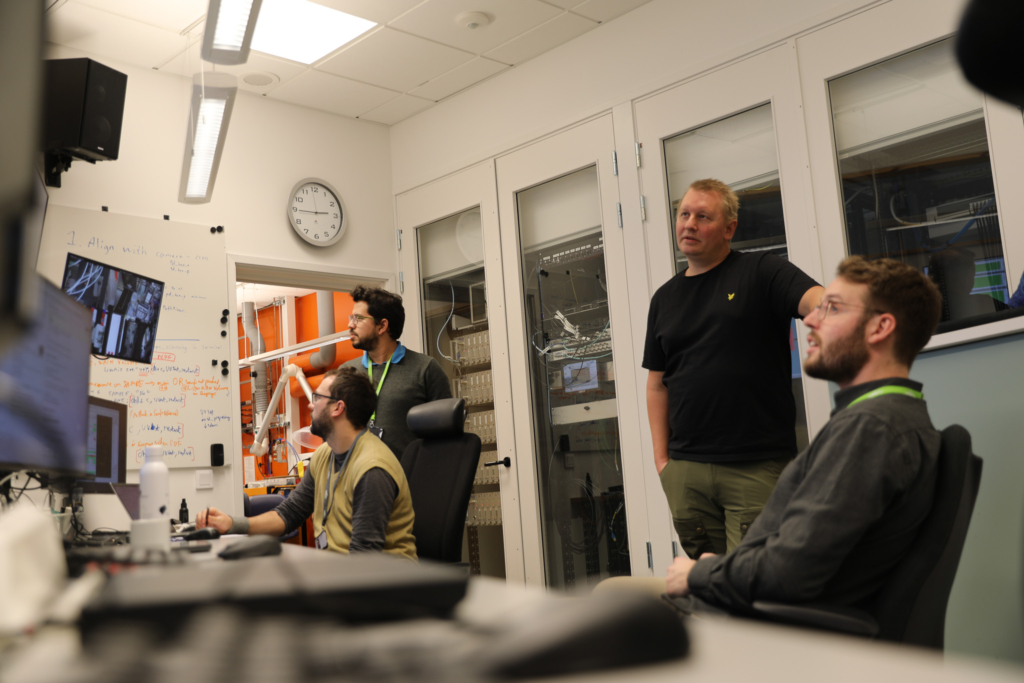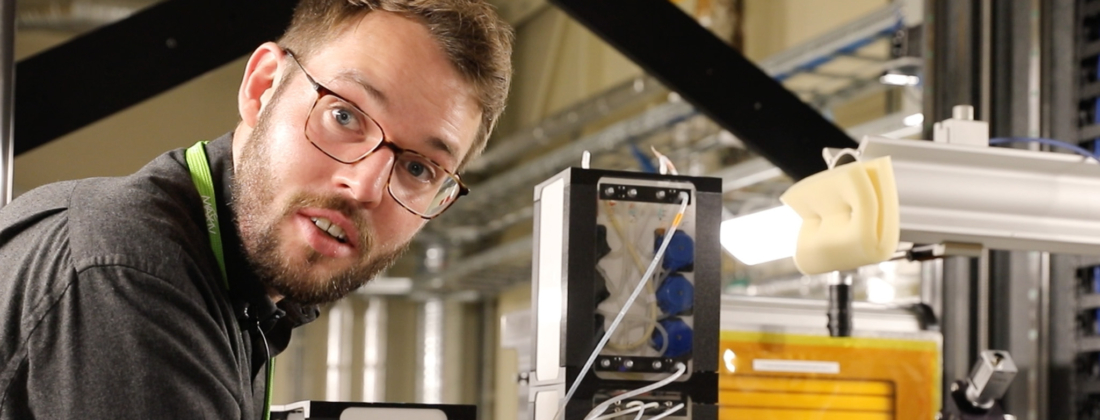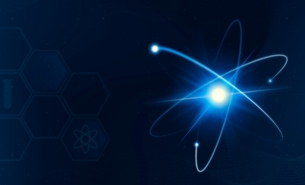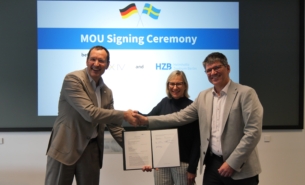To find solutions to real-world challenges, researchers often need to do labour-intensive work that requires a time-consuming trial-and-error process. Developing a synthesis method for custom-made materials is one of them. The process can take years and is very hard to replicate. But what if technology could help solve this and accelerate the application of new functional materials? An international collaboration led by Andy Sode Anker from the Technical University of Denmark came to MAX IV and accomplished just that.
“It works! The system works!” the beamline control room at DanMAX beamline was ecstatic with delight. There, the research team that had spent days working and troubleshooting on their autonomous synthesis of gold nanoparticles (Au) which combines an innovative machine-learning program and robotic system just proved that their inventive system worked successfully. The technology is now published in an arXiv paper titled Autonomous nanoparticle synthesis by design.
The self-driving lab system is dubbed ScatterLab. It autonomously synthesise user-defined nanoparticles by executing robotic synthesis guided by machine learning. The machine learning is informed on real-time scattering data obtained at MAX IV. Its efficiency and scalability can be implemented on any material, providing atomic-level insights into investigating new materials and their properties. The setup consists of a synthesis robot, synchrotron-based total scattering and pair distribution function for real-time structural characterisation, and a Bayesian Optimisation algorithm running on a high-performance computing system.
“So the idea is to have robots synthesising nanomaterials and then connect it with a scattering instrument at MAX IV. After that, AI analyses the result and tells the robot what to do on the next synthesis. Thereby, AI is guiding the robotic synthesis to achieve the nanomaterial we want,” said Anker.
“The system is very precise; it is doing experiments repeatedly, generating large amounts of consistent synthesis and scattering data and that is what the AI is trained on. It is also a modular setup, so like a Lego brick, it can be customised as needed,” explained Anker further.
Innovative solution with DanMAX techniques
Compared to other currently available self-driving labs that employ UV-Vis characterisation techniques, the novel system employs total scattering with a pair distribution function that provides atomic-level details and does not require strong plasmonic signals to characterise the nanoparticles. This makes ScatterLab applicable to virtually any material, while being informed on atomistic information.

“At DanMAX, we can characterise the structure of nanomaterials and you can’t do that in many places. DanMAX is a really good beamline doing these kinds of experiments,” said Anker.
The interdisciplinary work gathered intersectional expertise from the Pioneer Center for Accelerating P2X Materials Discovery (CAPeX) at the Technical University of Denmark, University of Oxford, the IT University of Copenhagen, the University of Copenhagen, Aarhus University, Columbia University, Lund University, and MAX IV Laboratory.
“The biggest challenge is maybe orchestrating allof the (aspects) together, both the hardware and software. And on an abstract level, putting together a team that has the expertise and making the team communicate. The chemists have to talk with an expert in robotics, with an expert in AI, and how do you make all these people communicate? That was probably one of the biggest challenges,” said Anker.
Watch our interview with Andy Sode Anker about the experiment below:




